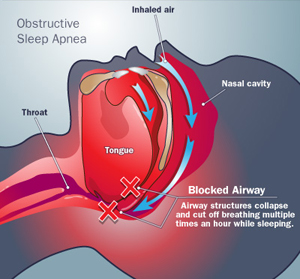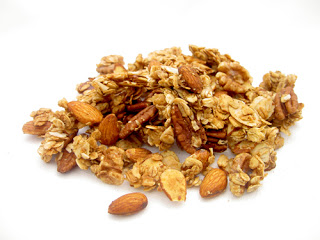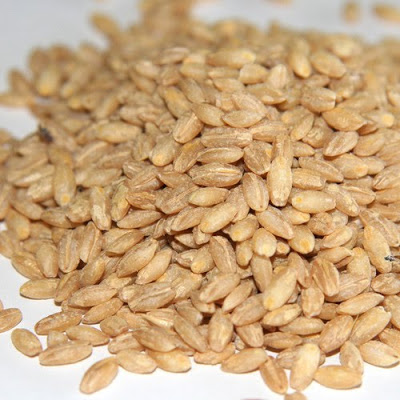In a recent blog, I reviewed the treatment approach for primary prevention (people without cardiovascular disease and without a statin indicated condition).
Today we review the TREATMENT APPROACH FOR PATIENTS WITH A STATIN INDICATED CONDITION.
Follow along with figure 2, page 38 of the guidelines!
People with a statin indicated condition include:
- LDL ≥ 5.0 mmol/L (or ApoB ≥1.45 g/L or non-HDL ≥5.8mmol/L) (familial hypercholesterolemia or genetic dyslipidemia)
- chronic kidney disease (GFR <60 and/or urine ACR ≥3 mg/mmol for at least 3 months), excluding patients on chronic dialysis
- diabetes: anyone with diabetes age ≥40, or age ≥30 with diabetes for 15 years or more, OR with any microvascular complications
(note : people with established cardiovascular (CV) disease should also be on a statin – treatment of this group is considered separately (see figure 3 page 39) – I will cover this group in the third of this three-part blog miniseries)
Treatment:
First line: statin.
Is additional treatment (beyond statin) indicated? Once your patient is at the maximally tolerated statin dose, whether or not to intensify treatment depends on which of the above categories your patient falls into. The thresholds are a little different, depending on which group your patient is in. (see figure 2 page 38). For example, the LDL threshold for intensifying treatment for people with diabetes is ≥2.0mmol/L, but ≥2.5mmol/L (or <50% reduction) if the reason for treating was an initial LDL ≥5.0 mmol/L.
Second line treatment, if above targets:
- Recommendation: PCSK9 inhibitor is recommended (alirocumab or evolocumab) to lower LDL in primary prevention patients with heterozygous familial hyperlipidemia (FH) if LDL is ≥2.5 or <50% reduction from baseline (or ApoB ≥0.85 mg/dL or nonHDL ≥3.2 mmol/L) despite maximally tolerated statin therapy, with or without ezetimibe.
- For people with diabetes or chronic kidney disease: ezetimibe first line, bile acid sequestrant as alternative.
For people with diabetes ≥50 years old, without established CVD, with at least 1 additional cardiovascular risk factor and triglycerides 1.5-5.6mmol/L:
We now have a new kid on the block (available in Canada since early 2020) called icosapent ethyl (trade name Vascepa). This medication was shown to powerfully reduce CV risk in the REDUCE-IT trial, which included people with established CVD, as well as people with diabetes meeting the criteria above (see my prior blog for much more on this). Icosapent ethyl is a highly purified ethyl ester of the omega-3 fatty acid EPA. These benefits have NOT been shown in extensive studies of over-the-counter omega 3 (fish oil) supplements.
- Recommendation: icosapent ethyl should be used in people with diabetes and ≥1 CV risk factor, with elevated fasting triglyceride level of 1.5-5.6mmol/L despite treatment with maximally tolerated statin therapy, to lower CV risk.
- Recommendation: do NOT use over-the-counter omega 3 polyunsaturated fatty acid supplements to reduce CV risk, as these supplements do not reduce CV risk.
To learn more about the lack of CV benefit of over-the-counter omega 3 supplements, and the role of icosapent ethyl in CV risk reduction, check out this review article that I co-authored with colleagues (led by Dr Ron Goldenberg), published just this week in Current Opinion in Cardiology.
Stay tuned for my final blog post in this 3 part miniseries, on TREATMENT INTENSIFICATION FOR PEOPLE WITH ESTABLISHED ATHEROSCLEROTIC VASCULAR DISEASE.
Disclaimer: I receive honoraria as a continuing medical education speaker and consultant from the makers of icosapent ethyl (HLS Therapeutics). I have been involved as an investigator in clinical trials of PCSK9 inhibitors.
Share this blog post using your favorite social media link below!
Follow me on twitter! @drsuepedersen
www.drsue.ca © 2021












